Memorymoog Raffle: Polyphonic Powerhouse Boasts Legendary Moog Sound and Exceptional Functionality
UPDATE – September 9, 2016 — Lee Keeley of Quebec, Canada won the Memormoog! Congratulations Lee!
We are excited to announce our Summer 2016 raffle for the coveted vintage Memorymoog synthesizer. The Memorymoog is an unusual and powerful polyphonic synthesizer with six voices for each of the three oscillators! It boasts a variety of other standard and unusual functions, which are detailed and demonstrated below.
Proceeds from the raffle will benefit the Foundations educational and historic preservation initiatives, which makes purchasing a ticket a win either way!
Tickets to enter the raffle are $25 each, 5 for $100 or 10 for $200. You can purchase them here.
The raffle, which is open internationally, closes at midnight on September 6, 2016 or when all 4,000 tickets are sold, whichever comes first. Our last raffle sold out in eight days, so dont delay in purchasing your tickets.
Be sure to review the Rules and Regulation prior to entering.
The Memorymoog being offered, serial number 2626, was built at Moog Musics Cheektowaga, NY factory and is valued in excess of $6,500. It is in excellent technical condition and has been meticulously serviced by respected vintage synth specialists Tone Tweakers Inc.
http://https://www.youtube.com/watch?v=3iZwHmUZpBc
Memorymoog specifications include:
- Three voltage controlled oscillators with mixable waveforms
- Polyphonic, with six articulated voices per oscillator
- Auto tune function tunes oscillators in less than five seconds
- VCO syncing
- Unison mode for a robust 18 oscillator monophonic bass and lead
- Six 24dB-per-octave Moog ladder filters
- Dual concentric vernieresque tuning pots feeding true discrete Moog ladder filters into overdrive
- Ultra fast envelope generators (ADSR, not ADS as on the Minimoog)
- Sample and hold
- Extensive modulation section with numerous routings
- Alpha numeric readout that gives controls old and new values side by side when editing existing patches so they can be returned
- 100 patch memory driven by a 0-9 a-d keypad with a massive LED patch number readout
- Interfacing including the ability to drive a monosynth from the highest note played from either CV/Gate or CV/S-Trig
- Arpeggiator features nine different modes, including a mode where all voices are triggered simultaneously
Purchase your tickets to win the Memorymoog here.
http://https://www.youtube.com/watch?v=clZdH3i8F48
Memorymoog History
Want to know more about the Memorymoog? Heres a bit of history on the instrument, and some more detailed specifications about its features and functionality:
Moog Music’s 1975 release, the Polymoog, revolutionized a synthesizer market desperate for a polyphonic synthesizer. But it wasn’t long before companies like Yamaha, Sequential Circuits, and Roland started churning out full-featured and popular voice-assignment-polyphonic synthesizers like the CS-80, the Prophet 5, and others.
In a synthesizer market that was now without the Minimoog (which ceased being produced in 1982), Moog Music, Inc. needed a flagship synthesizer that would meet the needs of the burgeoning keyboard market. The Memorymoog was born.
The Memorymoog featured six articulated voices, which meant it needed an amp, two envelopes, and a filter for each voice. In addition to these, it also needed at least an oscillator per voice. But unlike many other polyphonics of the time, the Memorymoog took its cue from the Minimoog with three oscillators. That means that it had three oscillators per each of the 6 voices resulting in a staggering total of 18 oscillators! To sum up: six amps, six filters, 12 ADSR envelopes, and 18 oscillators!
Like the products of Sequential Circuits and Oberheim, the Memorymoog produced its sounds using integrated circuits called Curtis chips, named after their maker, Doug Curtis.
However, each of the six filters is a full-on 24dB-per-octave Moog ladder filter, which gave the Memorymoog a much-desired Moog character.
In addition to being a powerful analog polyphonic synth, the Memorymoog also had the ability to operate as a monophonic synth. In monophonic mode, you had the opportunity to choose how many voices (and associated oscillators) you’d like to stack in your monophonic sound. As a result, you could set it to operate with a single oscillator per note all the way up to a staggering 18 oscillators per note!
The modulation options on the Memorymoog were extensive. Unlike the Minimoog, the Memorymoog had a dedicated and full-featured low-frequency oscillator. But the modulation options didn’t stop there. Like the Minimoog, the 3rd oscillator could be used as a modulation source through the “Voice Modulation” section. This functionality used the 3rd oscillator and the filter envelope as modulators very similarly to the “Poly Mod” section that made the Prophet 5 so popular. Audio-range oscillator modulation, 2nd-oscillator pitch modulation for sync effects, secondary PWM for variations in PWM settings for different oscillators all possible with the Voice Modulation functionality. Combined with the LFO and the dedicated Foot Pedal modulation section, the Memorymoog had nearly infinite modulation options!
There were a few interesting and unique options present on the Memorymoog, as well. For example, the “Unconditional Contour” function forced the envelope to go through its entire cycle after the keys are released, despite the fact that usually, key release would cause the envelope to jump to its release stage. This allows a player to quickly play a chord that could progress while the player plays other keyboards, etc. The “Keyboard Follow” portion of the Contour Generator could scale envelope length according to frequency to allow the synth to emulate the propensity for stringed instruments, for example, to have shorter note durations with increases in frequency.
The arpeggiator featured 9 different modes, including a mode where all voices are triggered simultaneously.
The Memorymoog had 100 patches storable in its memory. The original factory programs were designed a group that included Wendy Carlos, Tom Coster, Herb Deutsch, Larry Fast, Jan Hammer, and Bob Moog Foundation Board member Dominic Milano!
The Memorymoog is one of the most sought-after vintage analog synthesizers in existence due to its substantial power, 3-oscillator-per-voice structure, and gorgeous sound.
Enter the raffle and get a chance to win here!
Keep in mind that our last raffle sold out in eight days!

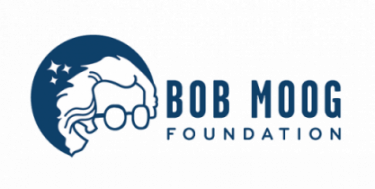
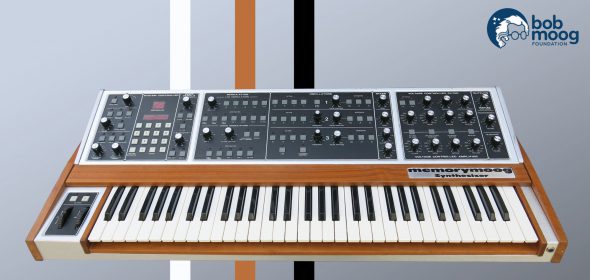
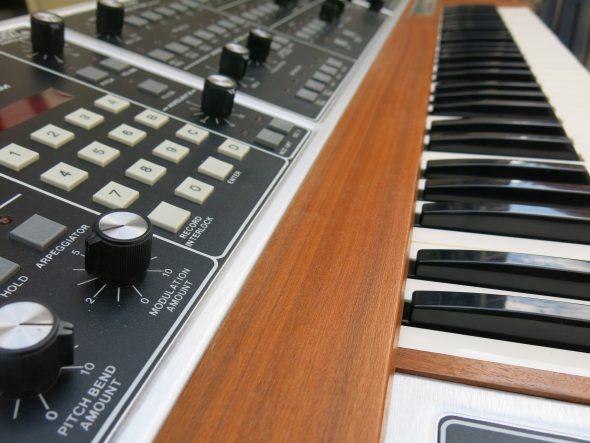
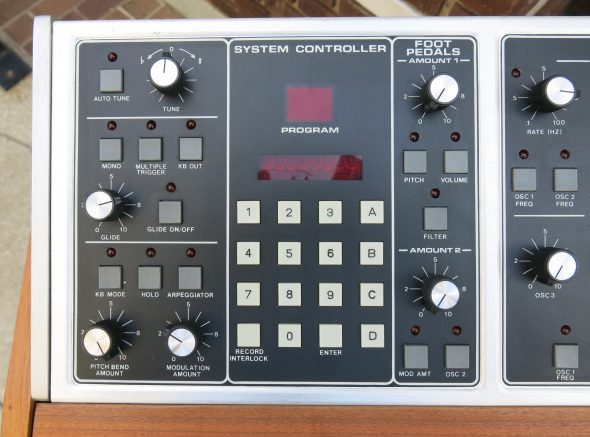
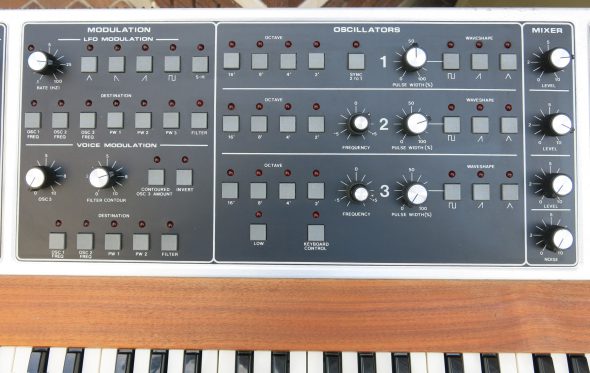
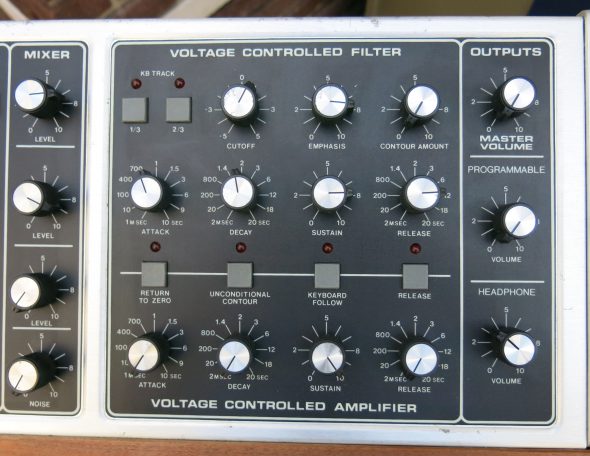
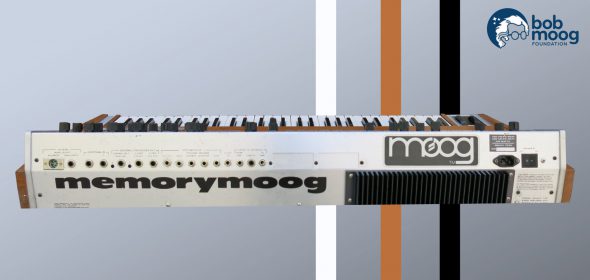
Sounds like a dream!
Legendary sounds.
Im dreaming of a polyphonic moog…since im in love with my prodigy…….let my dreams come true…….
Wow. It is so hard to get one of those dinosaurs today.
Thanks for giving us the chance to win one. 🙂
a dream to dream
A dream for so many years (When I started to play keyboards)
Brilliant big sound!
This would be UnBelievable!!!!!!!!!!!!!!!!!!!!!!!!!!!